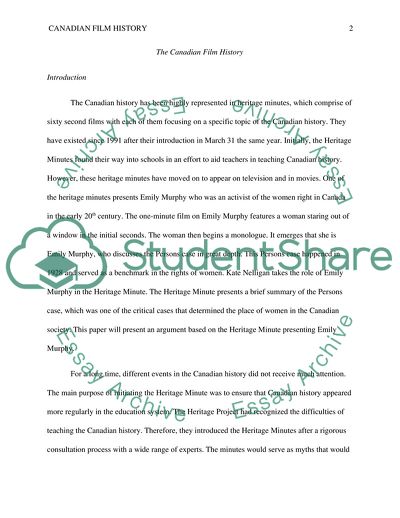Cite this document
(The Canadian Film History Report Example | Topics and Well Written Essays - 1500 words, n.d.)
The Canadian Film History Report Example | Topics and Well Written Essays - 1500 words. https://studentshare.org/visual-arts-film-studies/1849864-history-on-film
The Canadian Film History Report Example | Topics and Well Written Essays - 1500 words. https://studentshare.org/visual-arts-film-studies/1849864-history-on-film
(The Canadian Film History Report Example | Topics and Well Written Essays - 1500 Words)
The Canadian Film History Report Example | Topics and Well Written Essays - 1500 Words. https://studentshare.org/visual-arts-film-studies/1849864-history-on-film.
The Canadian Film History Report Example | Topics and Well Written Essays - 1500 Words. https://studentshare.org/visual-arts-film-studies/1849864-history-on-film.
“The Canadian Film History Report Example | Topics and Well Written Essays - 1500 Words”. https://studentshare.org/visual-arts-film-studies/1849864-history-on-film.


